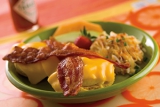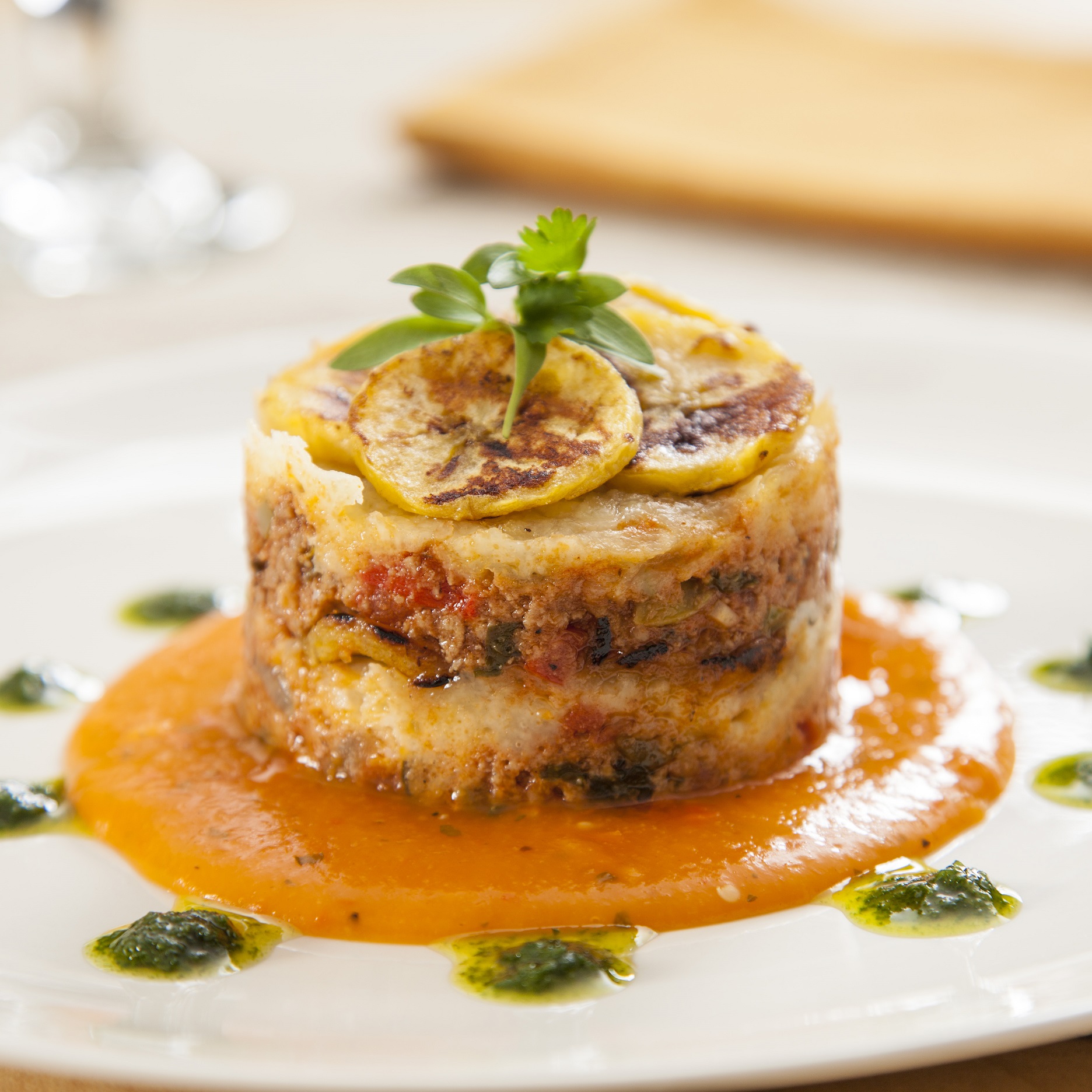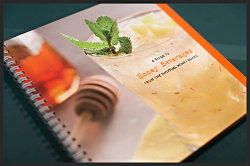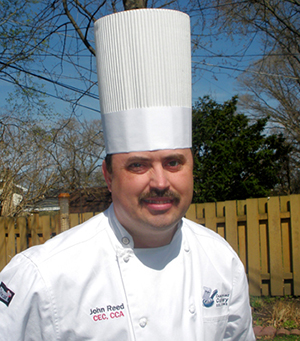Mayo’s Clinic: Shadowing Professionals
 The third installment in a series on effective professional-development activities performed by students outside of the classroom.
The third installment in a series on effective professional-development activities performed by students outside of the classroom.
By Dr. Fred Mayo, CHE, CHT
Last month, we discussed how to assign observations conducted outside of the classroom and how to make them helpful in expanding our students’ education. This month, we will discuss shadowing individuals, another way to enhance the professional development of our students through encouraging learning outside of the classroom.
Obtaining Permission
If you want students to shadow a professional, it is important to consider whom you want them to shadow and what you want them to observe. You might have in mind the work of a chef in a certain type of restaurant, a maître d’hôtel or hostess in a fine-dining restaurant, or a purchasing agent for a hotel with several food and beverage outlets. If you know these individuals and want to set up the shadowing experience, it will be a lot easier on your students.
If you ask your students to make the arrangements, however, they learn a great deal more about making appointments and conducting themselves well with professionals. Even if you want your students to make the appointments, you might want to develop a list of local chefs and other culinary professionals who are willing to be shadowed and then share that list with your students. It can work well any way you choose; just consider what structure and level of assistance make the most effective learning opportunity for your students.

 As instructors, we often think we are not doing much. But, says Chef Weiner, we are actually changing the world with every student.
As instructors, we often think we are not doing much. But, says Chef Weiner, we are actually changing the world with every student. Graduates will not remember many specifics of their educations, and will even realize that so much they thought would be important to their life paths isn’t. But they will remember those who influenced their learning in meaningful ways.
Graduates will not remember many specifics of their educations, and will even realize that so much they thought would be important to their life paths isn’t. But they will remember those who influenced their learning in meaningful ways. Chef Charlie Ayers and other celebrity chefs support Earth Day San Francisco in honor of Earth Month.
Chef Charlie Ayers and other celebrity chefs support Earth Day San Francisco in honor of Earth Month.
 Maple Leaf Farms challenges professional chefs and culinary students to think outside the box when it comes to duck preparation. And to spark their creative juices, Maple Leaf is offering more than $19,000 in prize money in the 2015 Discover Duck Recipe Contest.
Maple Leaf Farms challenges professional chefs and culinary students to think outside the box when it comes to duck preparation. And to spark their creative juices, Maple Leaf is offering more than $19,000 in prize money in the 2015 Discover Duck Recipe Contest. The Culinary Institute of America has appointed Rose S. Wang as the college’s vice president of strategy. Wang joined the college on Feb. 3, 2015, after serving as the chief financial officer of the Mount Sinai School of Medicine’s Center to Advance Palliative Care in New York City since 2013.
The Culinary Institute of America has appointed Rose S. Wang as the college’s vice president of strategy. Wang joined the college on Feb. 3, 2015, after serving as the chief financial officer of the Mount Sinai School of Medicine’s Center to Advance Palliative Care in New York City since 2013. The National Honey Board (NHB) has introduced a colorful, eye-catching, new, information-rich resource, A Guide to Honey Beverages. Serving as a complement to the Sweet Stirrings cocktail guide (2012), the honey beverage handbook features nearly 40 spiral-bound, laminated pages replete with honey tips, tricks and on-trend recipes to help operators enhance their non-alcoholic and alcoholic beverage menus and programs.
The National Honey Board (NHB) has introduced a colorful, eye-catching, new, information-rich resource, A Guide to Honey Beverages. Serving as a complement to the Sweet Stirrings cocktail guide (2012), the honey beverage handbook features nearly 40 spiral-bound, laminated pages replete with honey tips, tricks and on-trend recipes to help operators enhance their non-alcoholic and alcoholic beverage menus and programs. With the addition of Master of Wine Adam Lapierre (pictured) to the team and three brand new programs to the schedule, San Francisco Wine School now boasts top-level educators from, and coursework for, all four major wine credentialing bodies. The school’s elite group now comprises three Master Sommeliers (Court of Master Sommeliers), three with Diplomas in Wine & Spirits (Wine & Spirits Education Trust), three Certified Wine Educators (Society of Wine Educators) and one Master of Wine (Institute of Masters of Wine). This guarantees that, no matter which educational path wine students choose, they will be fully supported by San Francisco Wine School.
With the addition of Master of Wine Adam Lapierre (pictured) to the team and three brand new programs to the schedule, San Francisco Wine School now boasts top-level educators from, and coursework for, all four major wine credentialing bodies. The school’s elite group now comprises three Master Sommeliers (Court of Master Sommeliers), three with Diplomas in Wine & Spirits (Wine & Spirits Education Trust), three Certified Wine Educators (Society of Wine Educators) and one Master of Wine (Institute of Masters of Wine). This guarantees that, no matter which educational path wine students choose, they will be fully supported by San Francisco Wine School. Naturally, educators must stress to their students the critical importance of proper knife skills. But, says this chef-consultant, the reality in the workplace doesn’t always match what we teach. (Don’t miss the YouTube video link.)
Naturally, educators must stress to their students the critical importance of proper knife skills. But, says this chef-consultant, the reality in the workplace doesn’t always match what we teach. (Don’t miss the YouTube video link.)